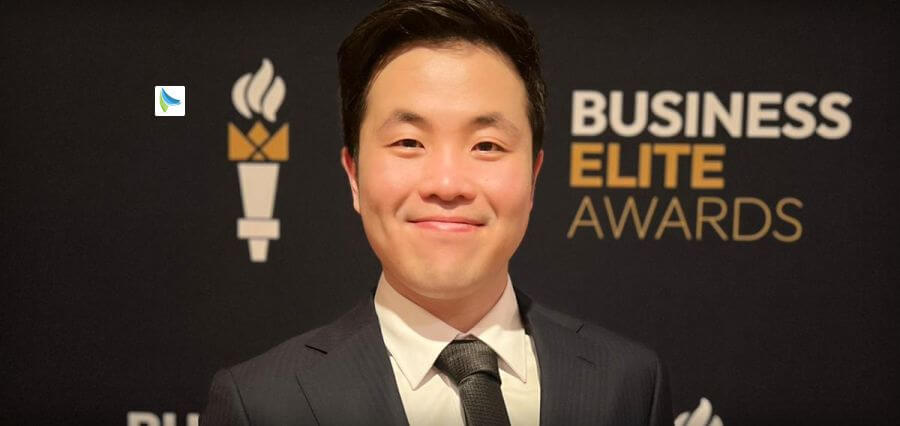Education today must extend beyond the traditional boundaries of the class environment. The technique of reframing education is to organize it in a manner that promotes lifelong learning, a mode of practice which prioritizes constant improvement, adaptability, and independent learning. As work shifts and the world continues to grow in complexity, individuals are being challenged to keep learning and adapting to new skills over a lifetime. It is a fact that requires education systems not just a matter of getting information across but also skepticism of minds, solving problems, and grit. It does not mean recruiting new technology or re-writing textbooks so that education can be transformative. Education is a cultural transformation in which learning is viewed as a continuous process throughout the entire human being’s life. It requires collective effort by institutions, governments, employers, teachers, and learners in developing inclusive and adaptable education systems that foster personal and professional development at all stages of life.
Redesigning Curricula for Relevance and Flexibility
The most important element in restructuring education for lifelong learning is the re-fashioning of curricula to make them relevant, responsive, and modular. Fixed-content curriculum that is conventional in orientation goes out of date quite quickly in a period of revolutionary change. To prepare the learners for day after tomorrow, future-proofing the educational content and inter-weaving it with cross-disciplinary competencies, digital literacy, and emotional intelligence will be in demand. Competency-based education is a more productive model that enables learners to complete courses at their own pace and demonstrate competence in real-to-life, real-world applications. Adaptive learning pathways like micro-credentials, certificates, and stackable degrees are more responsive and make it easier for students to accrete skills incrementally throughout their lifetimes.
They are particularly valuable for working professionals, parents, and re-entry workers. By offering various options and formats, the learning process is made accessible and responsive to serve the multiple needs of the learners. In addition, these models ensure convergence of the learning experience with labor market needs, hence enabling the individual to acquire the desired skills so that they can remain competitive and employable. Apart from curricular flexibility, there is also a greater demand for content that fosters ethical reasoning, global awareness, and civic responsibility.
Adopting Technology and Innovation
Technology is at the core in enabling lifelong learning using tools that open doors, transform learning, and enable collaboration. Artificial intelligence, mobile applications, and learning management systems have transformed where, when, and how one learns. Students can learn whenever they want, receive real-time feedback, and learn from possibilities anywhere in the world. Adaptive technologies also convert content and speed based on learners’ learning style, engage learners with learning, and render learning productive.
Technology also enables the new pedagogies such as project-based learning, gamification, and flipped classrooms. Web-based learning platforms also enable peer-to-peer learning and mentoring and extend the learning community beyond the classroom. But as schools begin to introduce digital technology, issues of digital access and literacy must be addressed. Providing all students with the help and resources they need is crucial not to allow existing educational disparities to grow. To fulfill the promise of technology, teachers themselves must be trained in digital pedagogies and encouraged to use new technology. Staff training must be institutionally funded so teachers can facilitate learners in digital settings.
Building A Culture of Lifelong Learning
Lifelong learning rests on a questioning, reflective, and continuous improvement culture. The education system must prioritize building an enthusiasm for learning and ownership in childhood. It is about getting kids to ask, question assumption, and take ownership of learning. Shifting to a student-centered education system reaffirms the teacher as facilitator and mentor in guiding students on their own journey. Non-school learning culture rests in great measure on employer, government, and community sponsorship.
Organizations must cultivate the culture through investment in professional development activity, innovation, and informal learning crediting. Public institutions such as libraries, community centers, and websites have a significant function to play in making learning available to all. If the societal culture recognizes and supports lifelong learning, then the people will be empowered to prosper, develop, and thrive in the contemporary world. In order to ensure that there exists a culture of lifelong learning, social recognition of achievement in learning across the whole span of life is also essential.
Conclusion
It is a difficult but indispensable task to remake schooling so that it supports lifelong learning. This calls for refashioning the curriculum to emphasize productive and portable learning, thoughtful use of technology to improve access and individualization, and a spirit of continuous improvement. As society and technology develop at ever-accelerating velocities, lifetime learning is ever more essential and more global. If education is considered as a process, rather than a phase of one’s life, then it is a powerful driver of personal and community growth. It allows people to make intelligent decisions, learn how to live in different situations, and profit their communities.
Read More: From Intuition to Insight: Unlocking the Power of Data-Driven Leadership
















